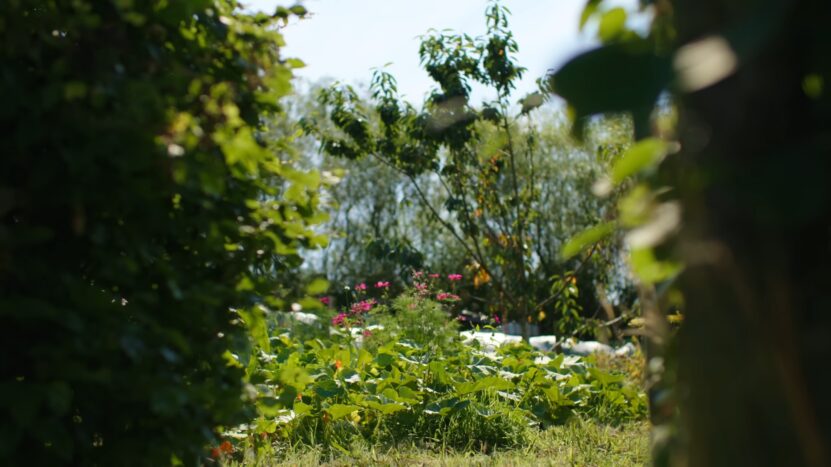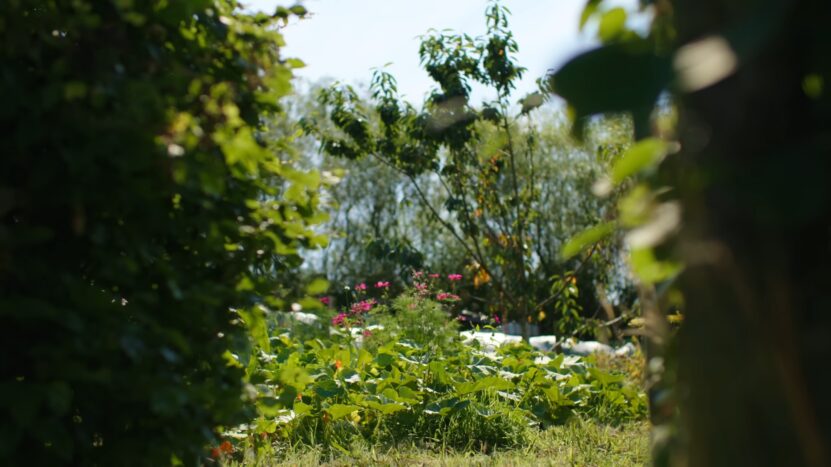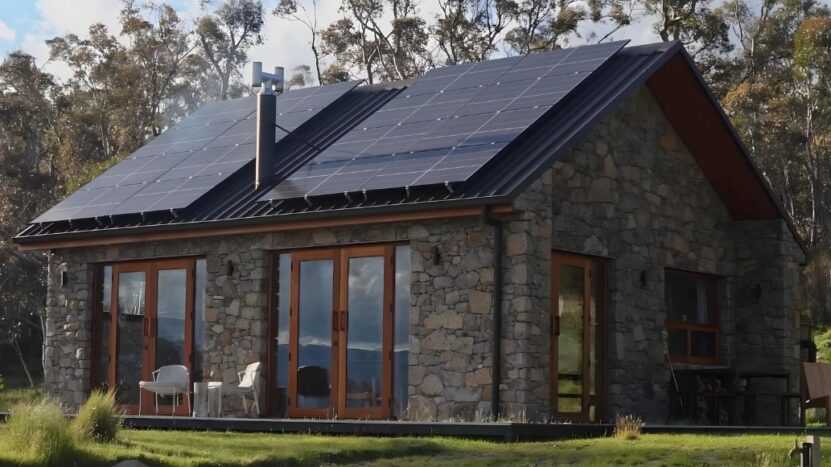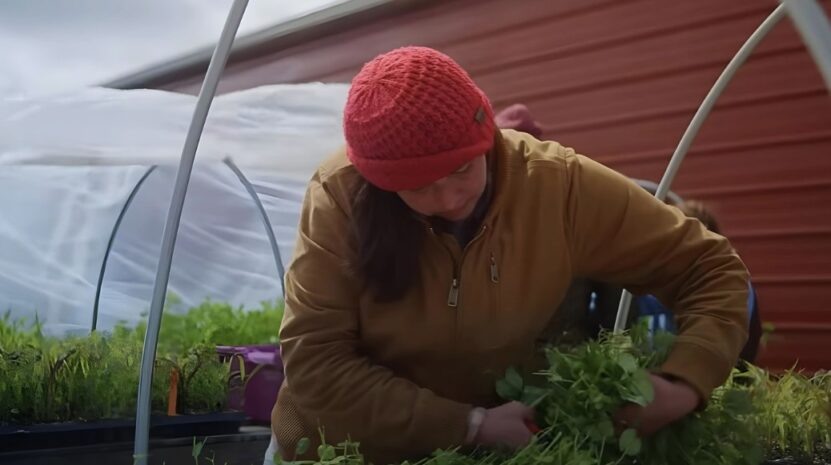Let’s talk about turning your backyard into a lush, sustainable permaculture garden. Permaculture is a practice that is all about working with nature to create a thriving, self-sustaining environment. It’s a really fascinating approach.
Even if you only have a small yard or a balcony, you can still benefit from permaculture gardening. Today, will walk you through the basics, share some of the essential principles, and give you some practical tips to get your green project started. It’s an exciting and rewarding journey, and I’m happy to help you get it off the ground.
Permaculture In a Nutshell
Permaculture is the concept that blends ecology with human design to basically make self-sustaining landscapes. The term was cooked up back in ’78, and it’s all about merging “permanent agriculture” and “permanent culture” – the idea is to create systems that are a win-win for the earth and the people living on it.
And when it comes to a permaculture garden, the name of the game is working with natural elements like the sun, wind, and water to build up a sustainable and productive environment. The big focus is on keeping the soil healthy by using techniques that gradually build up the nutrients and get everything in balance over time.
Core Ethics and Principles
Permaculture rests on three core ethics:
- Care for the Earth: Ensuring the planet remains healthy and vibrant.
- Care for People: Supporting communities and individual well-being.
- Fair Share: Distributing resources equitably and limiting consumption.
Some key principles include:
- Observing and Interacting: Spend time understanding your environment before making changes.
- Catching and Storing Energy: Use natural resources like rainwater and sunlight efficiently.
- Designing from Patterns to Details: Look at the big picture before zooming into the finer details.
Get Started By Observing Your Environment
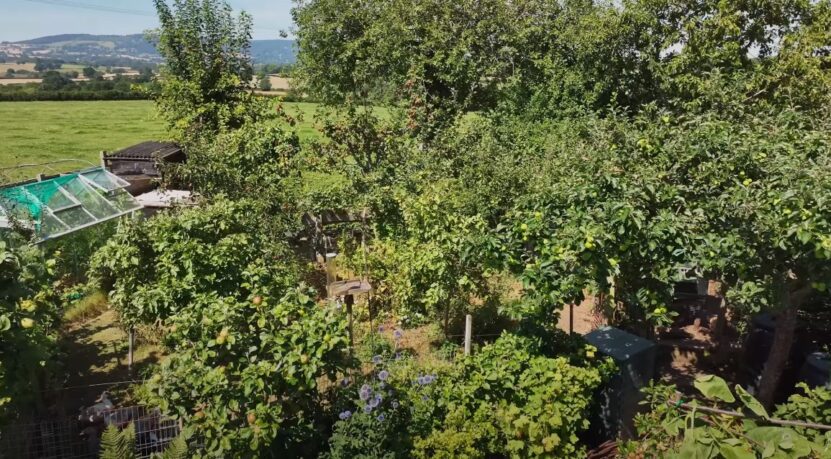
First things first, let’s take a look at that space of yours. Whether it’s a sprawling backyard or a cozy little balcony, the first thing I’d recommend is to just take it all in. Pay attention to how the sun hits different spots throughout the day and where the water tends to collect after a good rain shower.
These little observations are gonna be key for planning out your design. Trust me, it’s all about understanding the lay of the land before you start making any big moves.
Key Observations
- Sunlight: Identify the sunniest spots for plants that need full sun and the shady areas for those that thrive with less light.
- Water: Determine the best spots for water collection and drainage.
- Wind: Recognize prevailing wind directions to protect delicate plants or structures.
Designing Your Permaculture Garden
Design is crucial in permaculture. Plan everything for your specific land, climate, and existing ecosystems.
Steps for a Functional Design
- Create a Base Map: Sketch your space, noting existing features like trees, buildings, and paths.
- Mark Sun and Shade Zones: Use your observations to highlight sunny, shady, and partially shaded areas.
- Plan Water Management: Design water systems and infrastructure for effective water management, such as low-waste drip irrigation or rain barrels.
- Choose Plants Wisely: Start with perennials—long-term plants that form the garden’s backbone. Follow up with annuals to fill in gaps.
Considerations
- Soil Health: Use techniques like no-dig gardening, adding organic mulch, and composting to enrich the soil naturally.
- Plant Diversity: Incorporate companion planting to enhance soil health and productivity.
Techniques for a Thriving Garden
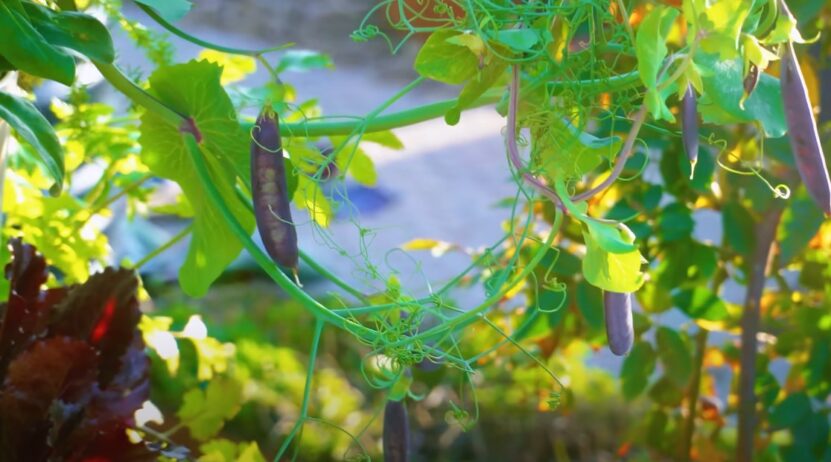
Permaculture practices focus on sustainability and efficiency. Here are some techniques to boost your garden’s health:
No-Dig Gardening
I find it’s best to just leave the soil alone. Instead, I like to just pile on some nice organic stuff on top and let Mother Nature work her magic. That way, the soil structure gets all nice and healthy, it holds onto moisture better, and those pesky weeds don’t stand a chance.
Worm Composting
Vermiculture, or worm composting, turns kitchen scraps into nutrient-rich compost. Worms break down organic matter, producing castings that enrich the soil.
Companion Planting
When growing plants, you want to make sure they’re all helping each other out. I always plant my basil right next to the tomatoes. The basil helps keep the pests away and actually makes the tomatoes grow even better. Companion planting really boosts your productivity and keeps those pesky bugs from destroying all your hard work.
Sustainable Watering Methods
Efficient water use is essential in permaculture. Consider these sustainable watering techniques:
- Drip Irrigation: Delivers water directly to plant roots, minimizing waste.
- Rainwater Harvesting: Collect rainwater in barrels for garden use.
- Mulching: Cover soil with organic mulch to retain moisture and reduce evaporation.
Extending Beyond the Garden
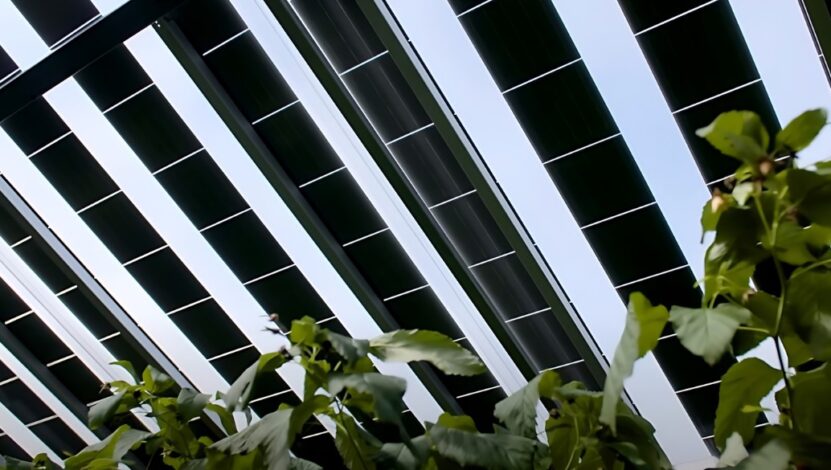
Permaculture isn’t just about growing a fancy garden – it’s about embracing a more sustainable way of living. There are plenty of easy ways we can weave those permaculture principles into our everyday lives. Let me tell you about a few of my favorites:
Local Consumption
Support local farmers and producers. This reduces your carbon footprint and strengthens the community.
Waste Reduction
Aim for zero waste. Compost kitchen scraps, recycle, and choose products with minimal packaging.
Renewable Resources
Use renewable resources whenever possible. Solar panels, wind turbines, and energy-efficient appliances are great starts.
Final Thoughts
Starting a permaculture garden is an exciting way to connect with nature and create a sustainable environment. By observing your space, designing thoughtfully, and using eco-friendly techniques, you’ll build a garden that thrives and supports a healthier planet.
Permaculture gardening is more than just a method—it’s a mindset that encourages harmony with the earth. So, grab your garden tools, and let’s make your backyard a green paradise.
Related Posts:
- How to Construct a Root Cellar in Your Backyard -…
- How to Plan and Start a Community Garden - Tips for Success
- Old-Fashioned Clothing Repair Techniques You Can Use Today
- How to Start a CSA Business for Farmers - Maximize…
- Start Your Own Cooperative Farming Initiative: A…
- Mastering Crop Rotation to Boost Your Garden's…


